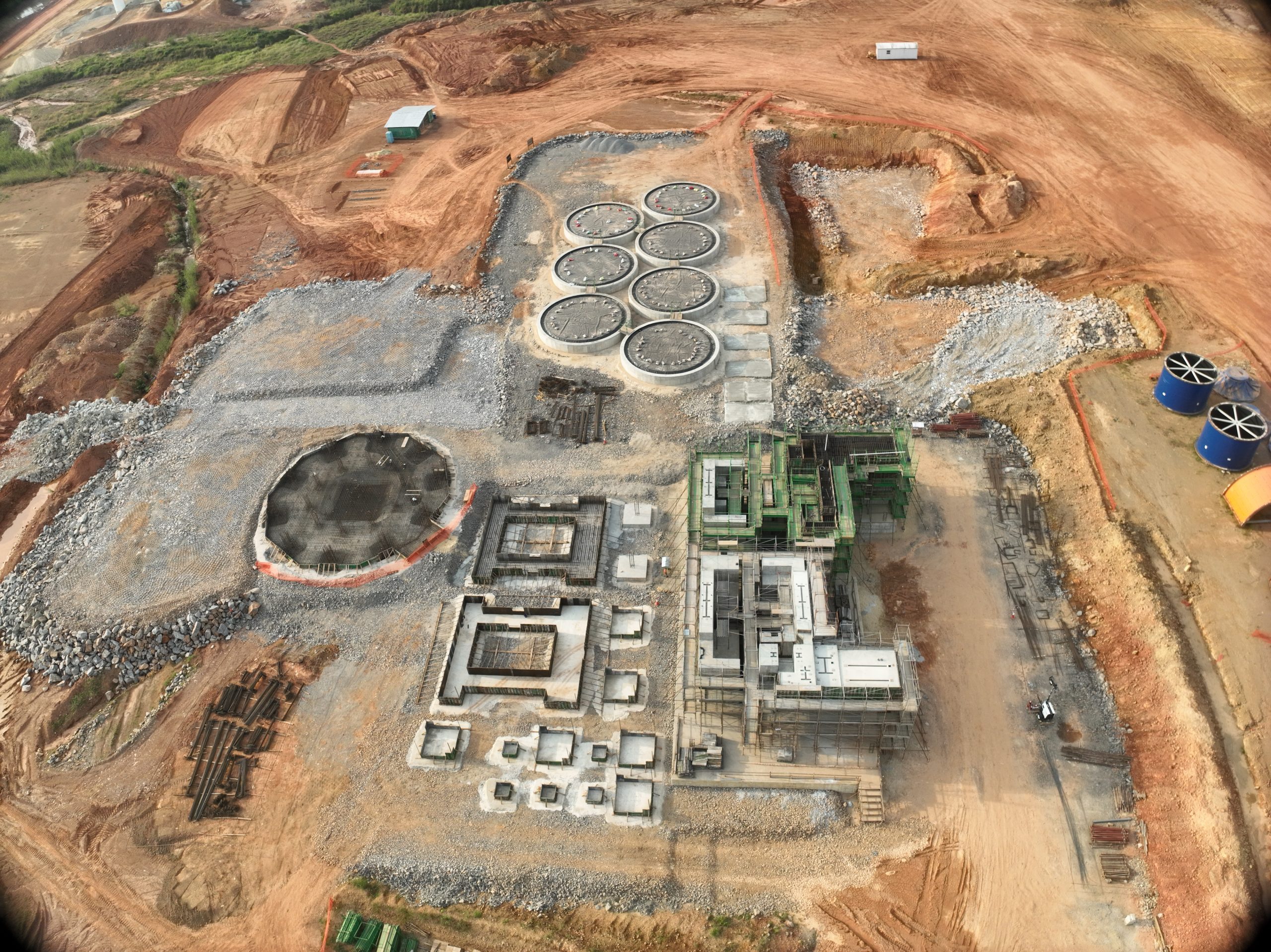
Saturday, 16th August 2025

非洲记者报道
Tanzania rarely makes headlines as a payments nerve center. That may be about to change. In July, Visa said Dar es Salaam would host a new regional office and innovation hub—an unusually bold signal for East Africa’s rising middle-income economy. The play is smart: Tanzania sits at the crossroads of Southern, Central, and East African trade routes, is pouring billions into new rail, roads, and ports, and is quietly assembling a modern digital backbone (from instant payments to data centers) that could turn financial inclusion into serious transaction volume.
The case for “Digital Dar” starts with rail—of the electronic kind. Visa’s move coincides with the Bank of Tanzania’s Tanzania Instant Payments System (TIPS), the country’s open switch connecting banks, mobile money operators, and fintechs. Unlike closed wallets, TIPS is an interoperability layer. For merchants, that means a simpler path to accept everything; for government, faster, traceable collections; for consumers, instant, low-cost transfers that make cash less sticky. Layer Visa’s acceptance tech and risk rails on top and the country gets a multiplier: local rails that keep value in-country and global rails that connect to cross-border commerce.
The physical economy is also shifting in Visa’s favor. Tanzania’s Standard Gauge Railway is shrinking travel times between Dar and the interior; new port capacity and upgrades to the main highway corridors are de-risking logistics. When goods move faster and cheaper, payments follow. That creates fertile ground for card-present acceptance in fuel, wholesale distribution, modern retail and hospitality—plus a significant card-not-present opportunity in e-commerce and travel. A hub in Dar places Visa next to where the growth is compounding rather than where it’s already saturated.
But the real unlock is Africa-wide product localization. A Tanzania base lets Visa co-develop features for markets that look more like Mbeya and Mwanza than Manhattan: offline-capable payments for low-connectivity zones; tokenized QR that works across banks and wallets; buy-now-pay-later embedded in agriculture inputs; and risk models trained on African fraud patterns. With open APIs, startups can build on top, pulling more developers into Visa’s ecosystem and raising the utility of its network effects. The spillover—talent formation, local vendor ecosystems, and partnerships with mobile operators—magnifies the hub’s value beyond payments into identity, risk, and data services.
The risks are real. Interoperability is only as strong as the weakest participant’s compliance and uptime. Consumer trust can be undone by a single high-profile fraud episode. And the macro environment—currency swings, energy costs—can make the unit economics of acceptance tenuous. Yet the countervailing trend lines point to resilience: an aggressively expanding data-center footprint (notably, carrier-neutral facilities in Dar), a regulator leaning into instant payments, and a competitive telco market nudging fees downward.
What should businesses do? If you’re a bank or MNO, prepare for an acceptance land grab—bundle QR, Tap-to-Phone, and merchant credit, and push into second-tier cities while CAC is still low. If you’re a retailer or fuel distributor, use the hub’s presence to negotiate enterprise pricing and integrate with TIPS to reduce settlement friction. If you’re a fintech, build for boring but big categories—school fees, transit, government payments—where reliability beats novelty.
Tanzania won’t replace Nairobi or Lagos as Africa’s fintech poster children overnight. But as a payments manufacturing base—where rails, rules, and risk get tuned for African realities—Dar’s new hub could be exactly the pragmatic center the continent needs. In a decade, it may be obvious: the future of African acceptance at scale was prototyped on the shores of the Indian Ocean.


